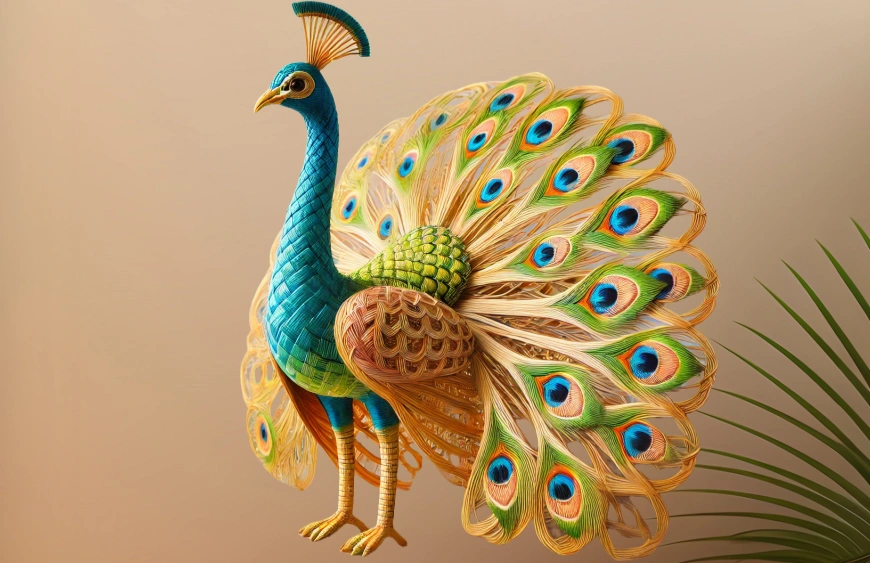An Intangible Cultural Heritage

Bamboo weaving is an ancient art and an invaluable intangible cultural heritage of China. Through intricate processes and techniques, artisans breathe life into bamboo, transforming it into beautiful, functional, and meaningful creations. Here’s a glimpse into the craft that shapes each piece available at bambzen.com.
Main Crafting Steps:
- Material Selection 🌱
Bamboo is carefully chosen at an age of three to five years when it has optimal density, strength, and flexibility. The bamboo is harvested between winter and early spring to ensure quality. - Bamboo Processing 🪚
- Splitting (破篾): The bamboo is split into narrow strips for weaving.
- Peeling (刮青): The outer green layer of bamboo is scraped off to reveal the inner surface.
- Fire-Bending (杀青): To achieve the right shape, bamboo strips are softened over fire, allowing them to bend without breaking.
- Weaving Techniques 🧶
The core of the craft, weaving involves techniques such as lifting, pressing, twisting, and interlocking. By meticulously weaving the strips, artisans create a variety of shapes and designs. - Finishing and Polishing ✨
After weaving, excess strips are trimmed, and the piece is polished with sandpaper or small tools for a smooth, glossy finish.
Weaving Techniques and Patterns 🎨
- Warp and Weft Technique (经纬编织法)
This foundational method weaves bamboo strips in cross patterns, providing a base structure. Artisans incorporate other techniques such as sparse weaving, locking, and lacing, creating intricate and diverse patterns. - Color Matching 🌈
For colorful creations, artisans use dyed bamboo strips, interweaving them to produce vivid, striking designs.
Styles and Regional Characteristics 🌍
- Hui Bamboo Weaving
Originating in the Tang and Song dynasties, Hui bamboo weaving flourished in the Ming and Qing eras. This style features bamboo artwork, sculpture, and miniature creations, with strips as fine as human hair. - Sansui Bamboo Weaving (Guizhou Province)
Recognized as a provincial intangible cultural heritage in 2007, Sansui weaving involves complex processes to create items like fruit trays and baskets. In 1972, Sansui pieces were gifted as national souvenirs, and in 2008, the area was named the “Hometown of Bamboo Weaving Art.” - Yao Gou Basket Weaving (Xi’an)
This art dates back to the Qing Dynasty’s Qianlong era. Known for its robust technique, it includes over ten steps to create strong, woven baskets.
The Significance of Bamboo Weaving 💫
- Cultural Value
Bamboo weaving embodies the essence of Chinese heritage, preserving historical lifestyles, aesthetics, and values. - Artistic Value
The aesthetic beauty of bamboo crafts, with their intricate detailing and artistry, makes them treasures of folk art. - Practical Value
Environmentally friendly and durable, bamboo products have remained popular for everyday use, such as baskets, trays, and mats.
Experience the rich legacy of bamboo weaving with Bambzen, where each item is crafted with heritage and heart.

